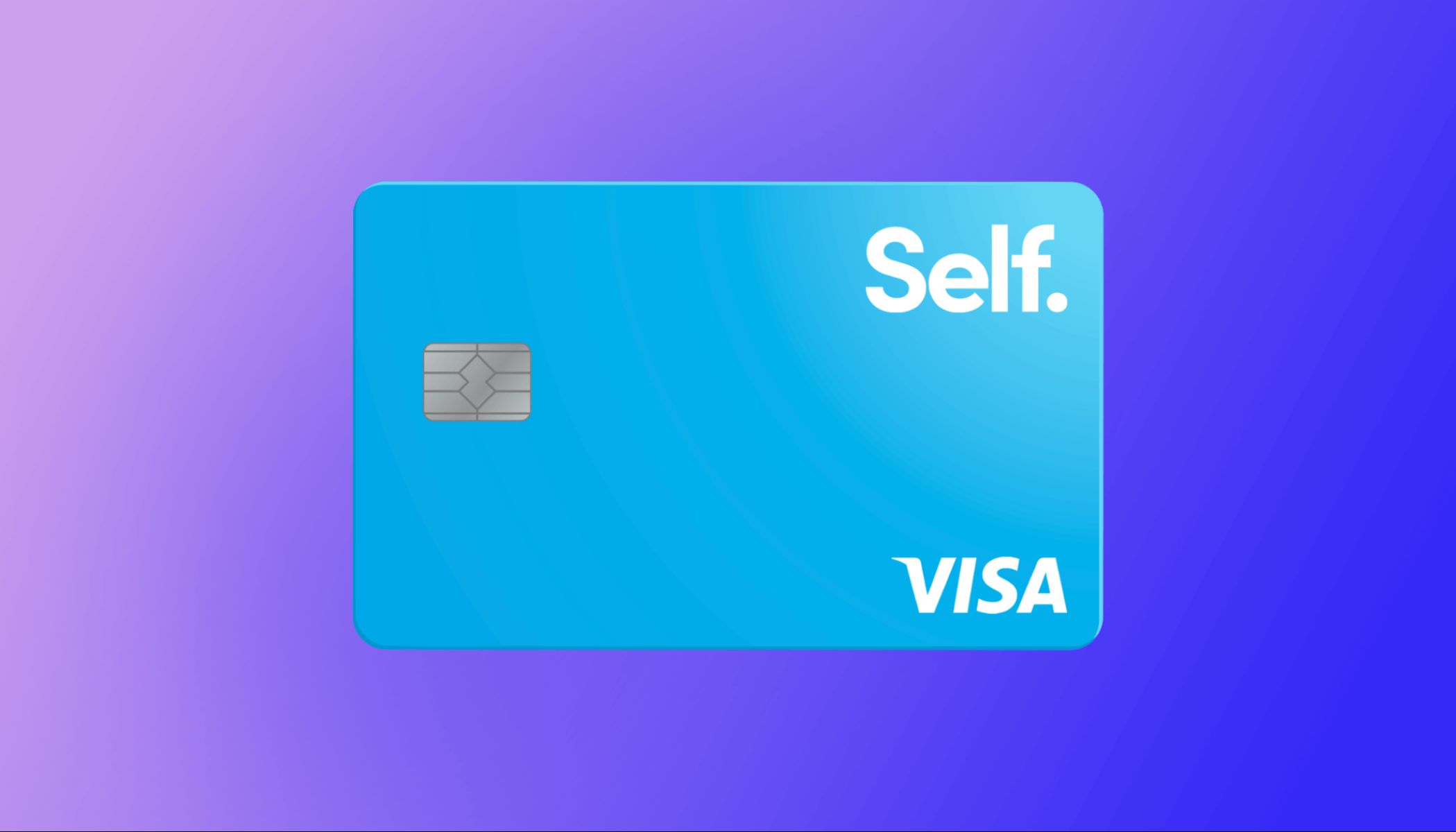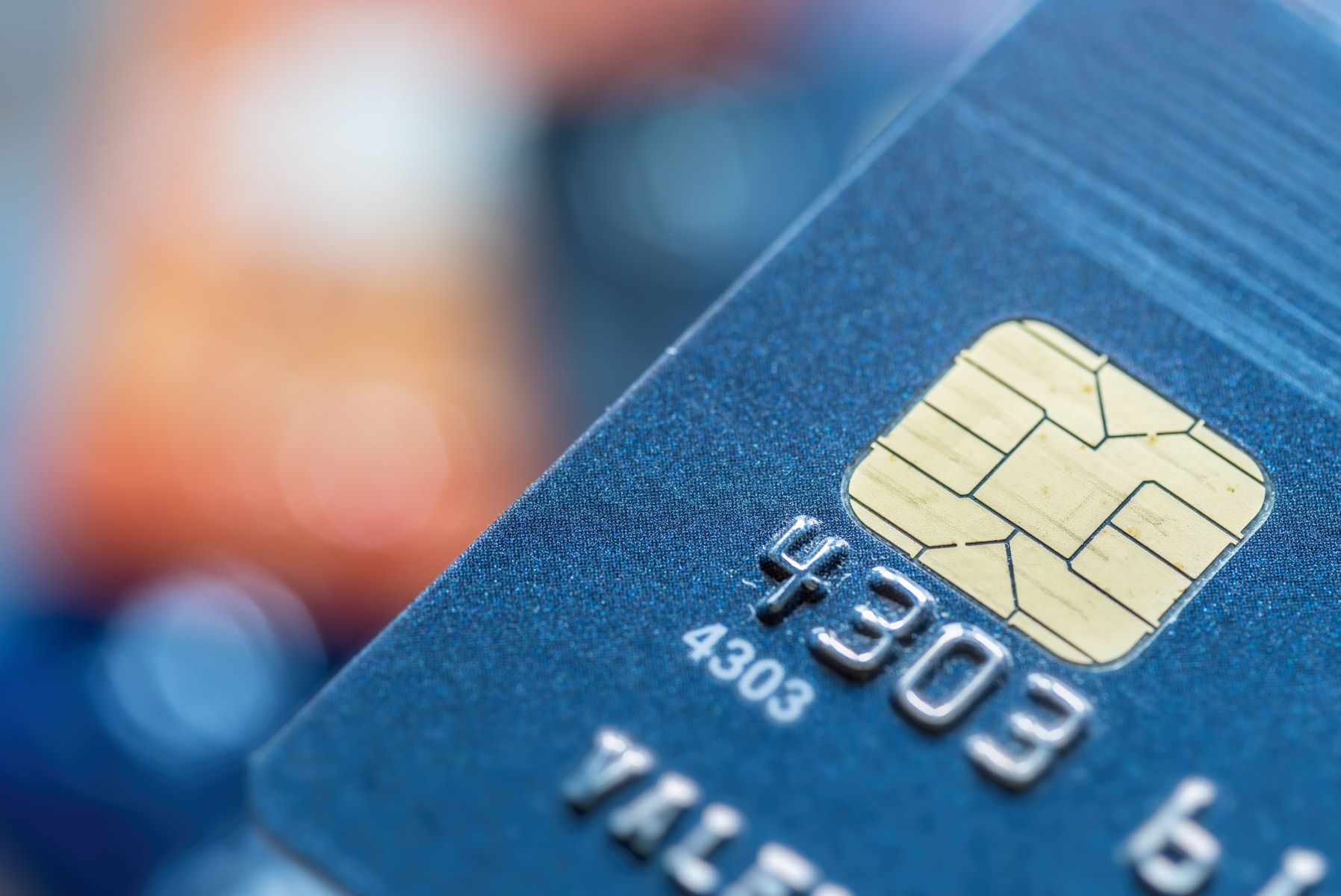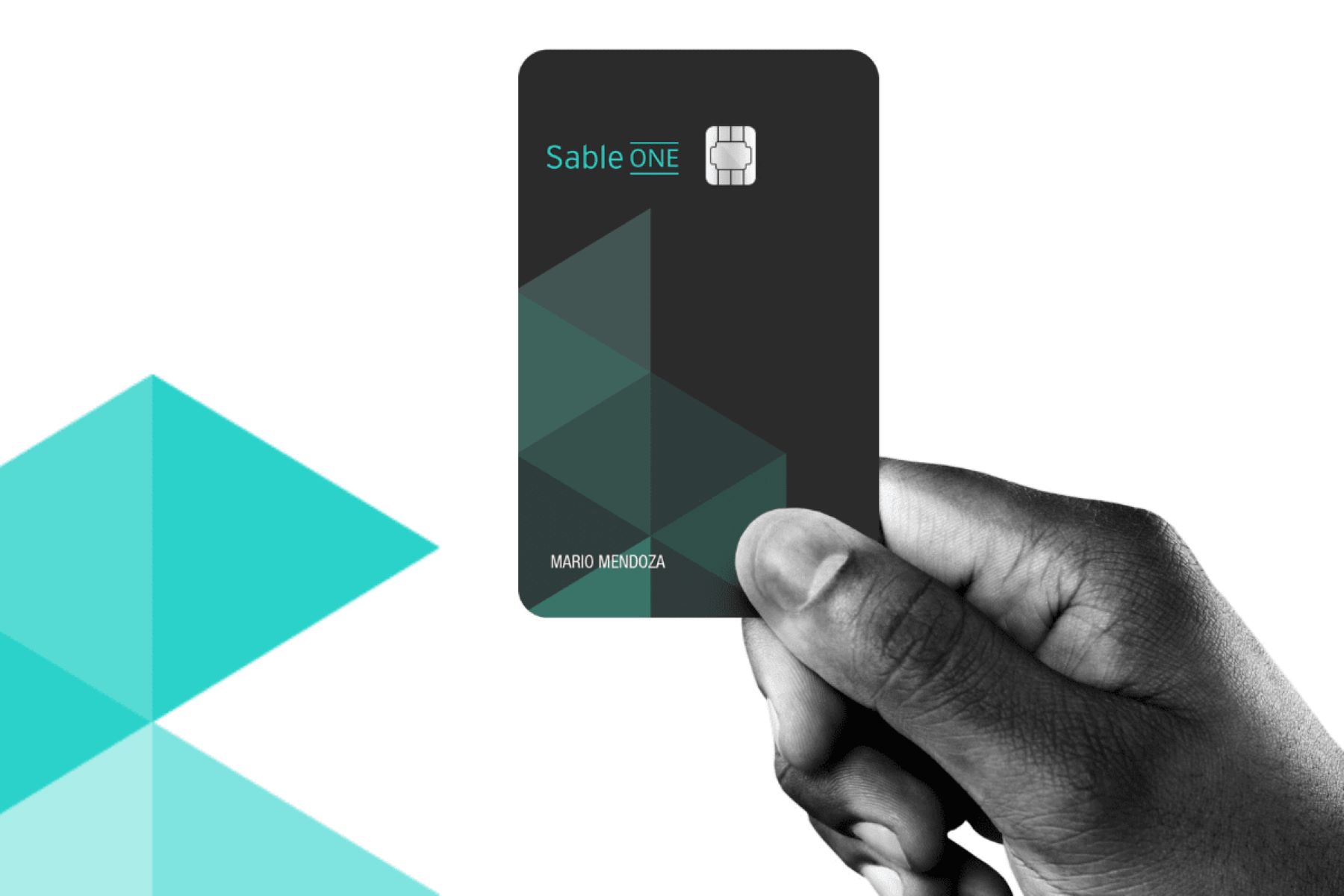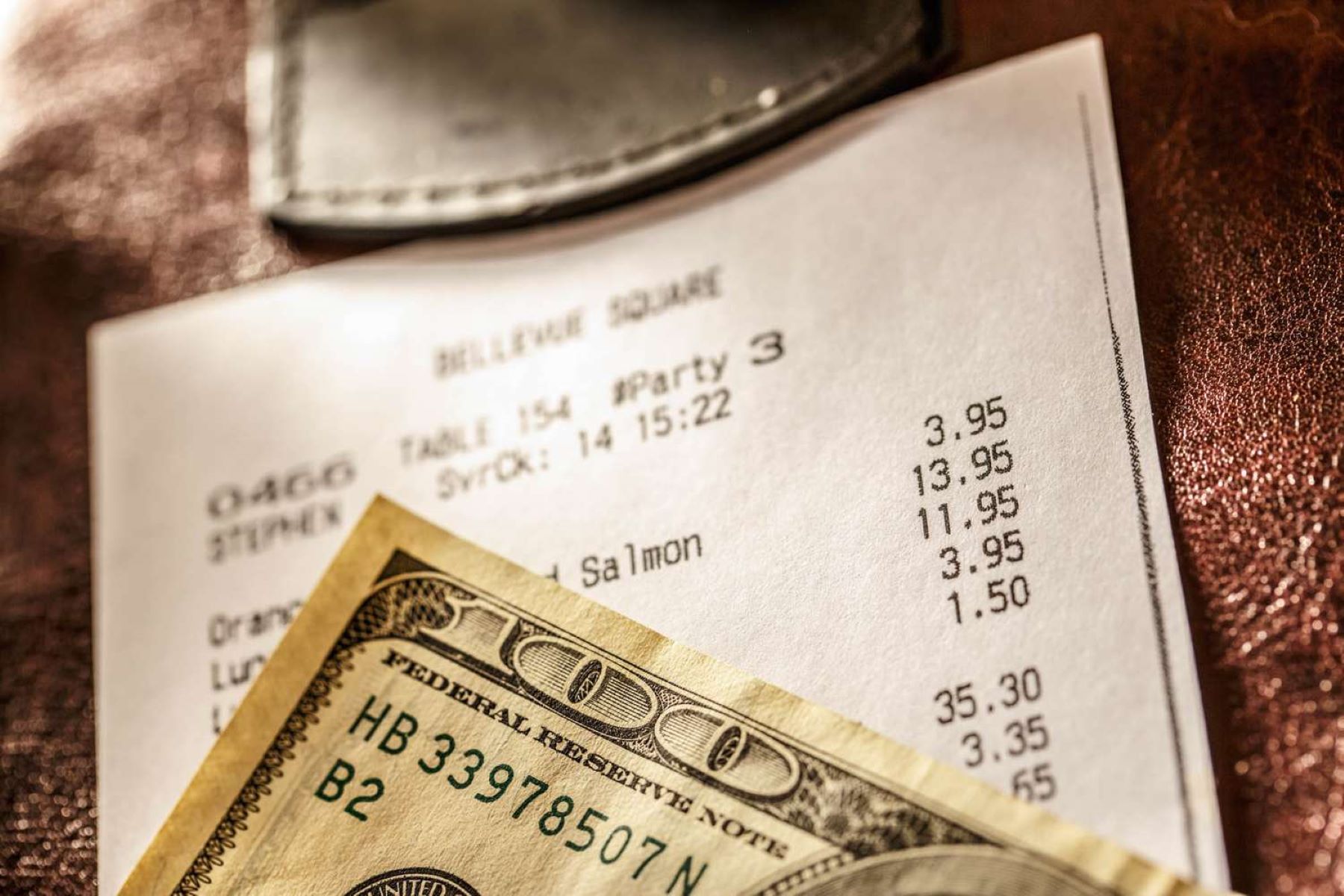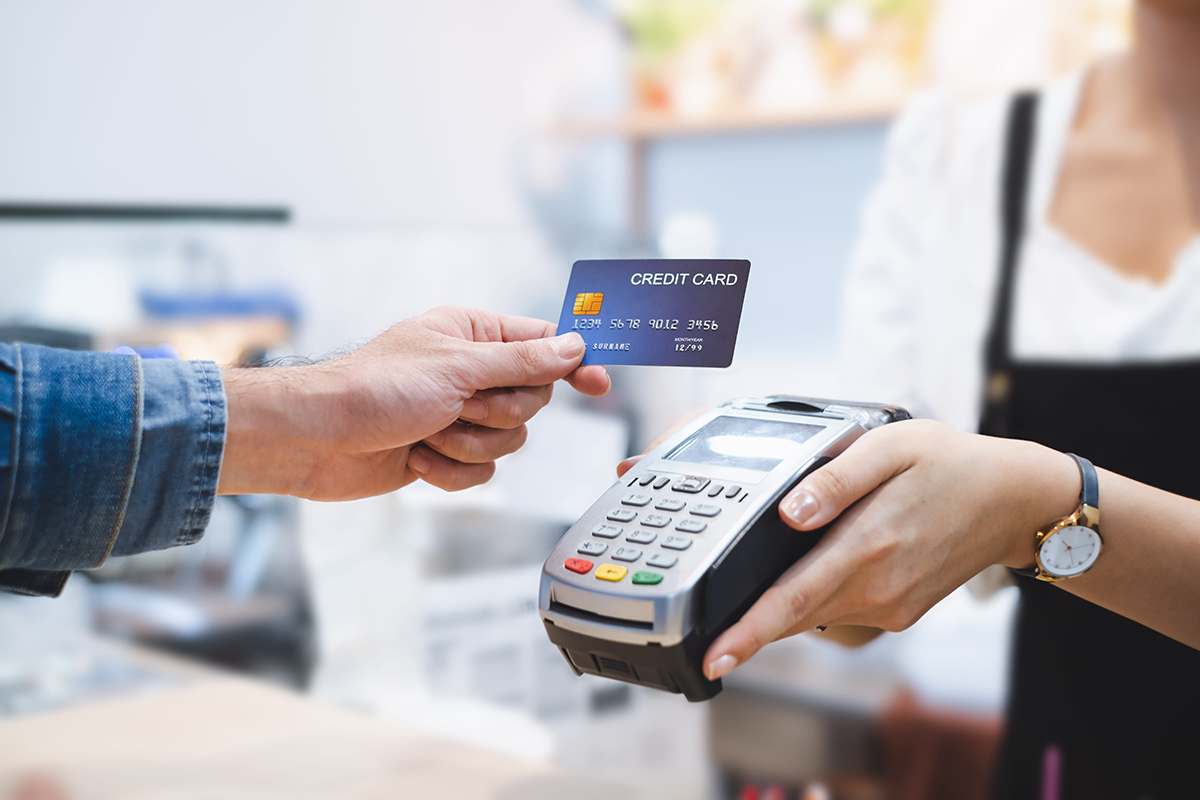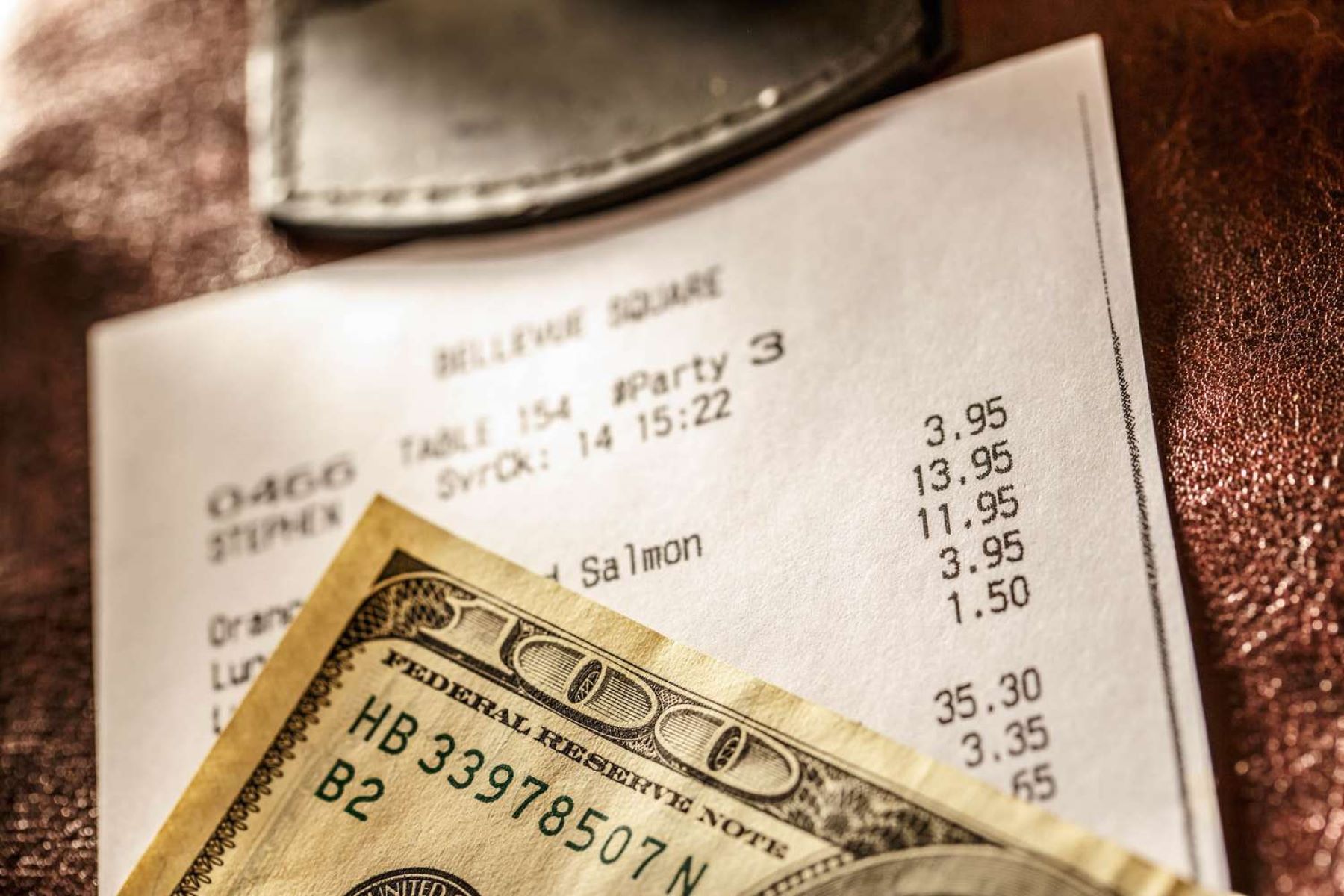

Finance
How Does Tipping With A Credit Card Work
Modified: February 21, 2024
Learn how tipping with a credit card works in the world of finance. Discover the benefits and considerations of this convenient payment method.
(Many of the links in this article redirect to a specific reviewed product. Your purchase of these products through affiliate links helps to generate commission for LiveWell, at no extra cost. Learn more)
Table of Contents
Introduction
Tipping is a common practice in many industries, ranging from restaurants to beauty salons to taxi services. It is a way to express gratitude for good service and can make a substantial impact on the income of service workers. Traditionally, tipping was done with cash, but with the rise of electronic payment methods, tipping with a credit card has become more prevalent.
While tipping with a credit card offers convenience and flexibility, it’s important to understand how the process works and what factors to consider when deciding whether to tip using this method. In this article, we will explore the benefits of tipping with a credit card, how to actually tip with a credit card, and some important considerations associated with automatic gratuity. We will also provide some tips for effectively tipping with a credit card and situations in which it may not be the best option.
Tipping with a credit card has its advantages. One of the main benefits is convenience. With the increasing prevalence of contactless payment methods, it’s easier than ever to simply tap your card or use a mobile payment app to complete a transaction. This eliminates the need to carry cash and provides a seamless experience for both the customer and the service worker.
Another advantage of tipping with a credit card is the ability to track your expenses. It’s much easier to keep a record of your tipping habits when they are reflected in your credit card statement. This can be especially useful if you need to track your spending for budgeting purposes or if you want to have an accurate record for tax purposes.
Additionally, tipping with a credit card allows you to earn rewards or cash back if your credit card offers such benefits. This means that you can potentially save money or receive other perks simply by tipping in this way. Some credit cards even offer bonus rewards for certain categories, such as dining or entertainment, which can further incentivize tipping with a credit card.
Benefits of Tipping with a Credit Card
Tipping with a credit card offers several advantages over traditional cash tipping. Let’s explore some of the key benefits:
- Convenience: Tipping with a credit card eliminates the need to carry cash. With just a few taps or swipes, you can easily add a tip to your card payment. This convenience is especially helpful in situations where you might not have exact change or when you prefer not to carry a large amount of cash.
- Security: When tipping with a credit card, you don’t have to worry about the risk of losing cash or having it stolen. Credit card transactions are protected by various security measures, such as encryption and fraud detection systems, providing peace of mind for both the customer and the service worker.
- Expense Tracking: Tipping with a credit card allows for better expense tracking. The transaction will be documented in your credit card statement, making it easier to keep track of your tipping habits. This can be particularly useful if you need to budget your expenses or if you want to monitor your spending in specific categories.
- Rewards and Benefits: Many credit cards offer rewards programs and benefits. By tipping with your credit card, you can earn cash back, accumulate reward points, or enjoy other perks that your credit card provides. Some cards even offer bonus rewards for certain spending categories, such as dining, which can enhance the benefits of tipping with a credit card.
- Support for Service Workers: Tipping with a credit card can offer additional support to service workers. In some cases, establishments distribute credit card tips among all staff members, including those who may not directly receive cash tips. This ensures a fair distribution of gratuities and can provide a boost to the overall income of the service team.
- Better Hygiene: In today’s world, cleanliness and hygiene are more important than ever. Tipping with a credit card eliminates the need to handle physical cash, reducing the risk of germs spreading through contact. This is particularly relevant in industries where close contact or handling items, such as food or personal care products, is involved.
Overall, tipping with a credit card offers convenience, security, expense tracking, rewards, and enhanced support for service workers. These benefits make it an attractive option for customers and a valuable tool for service professionals.
How to Tip with a Credit Card
Tipping with a credit card is a straightforward process, but it’s important to follow some key steps to ensure that your tip is properly recorded and reaches the intended recipient. Here’s a simple guide on how to tip with a credit card:
- Check for the option to add a tip: When paying with a credit card, whether at a restaurant, salon, or any other establishment, check to see if there is an option to add a tip to your total bill. This is typically indicated on the receipt or the payment terminal.
- Select a tip amount: Determine the appropriate tip amount based on the quality of service and your personal discretion. The customary tip percentage is typically between 15% to 20% of the total bill. However, you can adjust this amount higher or lower based on various factors, such as exceptional service or special circumstances.
- Specify the tip amount: Once you’ve decided on the tip amount, use the payment terminal or leave a note on the receipt to indicate the specific dollar amount or percentage of the tip you would like to add. Some establishments may provide pre-set tip options, while others may allow you to enter a custom tip amount.
- Double-check the total: Before finalizing the transaction, review the total amount, including the bill and the tip, to ensure accuracy. Pay attention to any additional charges or automatic gratuity that may have been added.
- Complete the transaction: Follow the prompts on the payment terminal or hand over the receipt to the service provider if required. Depending on the establishment, you may be asked to sign the receipt or enter your PIN to authorize the payment.
- Keep a record: Retain a copy of the receipt or make note of the transaction details for your reference. This will help you keep track of your expenses and serve as a record of your tipping.
Remember, it’s important to be mindful of the service workers’ livelihood and provide a fair and appropriate tip. Tipping with a credit card not only offers convenience but also ensures that your tip is properly documented and reaches the intended recipient.
Understanding Automatic Gratuity
Automatic gratuity, also known as a service charge or mandatory tip, is a predefined percentage or fixed amount added to the bill automatically by certain establishments. It is important to understand how automatic gratuity works when tipping with a credit card to avoid any confusion or misunderstanding. Here are a few key points to consider:
- Establishment policies: Some restaurants, hotels, and other service-oriented businesses have a policy of adding an automatic gratuity to the bill for large groups or parties. This is typically done to ensure that the service staff receives fair compensation for their efforts in accommodating a larger party. The percentage or amount of the automatic gratuity may vary depending on the establishment.
- Transparency: It’s crucial to review the menu, bill, or any signage at the establishment to determine if automatic gratuity is included. This information should be clearly communicated to customers to avoid any surprises when the bill arrives. If you’re unsure, don’t hesitate to ask the staff or management for clarification.
- Tipping on top of automatic gratuity: In cases where automatic gratuity is included, you may still have the option to add an additional tip if you feel inclined to do so. However, it is not mandatory as you have already paid a predetermined tip amount. It ultimately depends on your level of satisfaction with the service provided.
- Service quality: While automatic gratuity ensures that service workers receive a base level of compensation, it is important to assess the quality of the service you received. If the service was exceptional or if you had special requests that were handled with care, you may consider adding an extra tip on top of the automatic gratuity.
- Clarifying charges: When tipping with a credit card and automatic gratuity is included, carefully review the itemized bill to ensure that the charges are accurate. Mistakes can happen, and it’s crucial to address any discrepancies with the staff or management before completing the payment.
By understanding the concept of automatic gratuity, you can make informed decisions when tipping with a credit card. It’s essential to be aware of establishment policies, be transparent about charges, and assess the service quality to determine if an additional tip is warranted.
Tips for Tipping with a Credit Card
Tipping with a credit card requires some consideration to ensure that your gratuity is properly allocated and appreciated. Here are some helpful tips to keep in mind when tipping with a credit card:
- Check the establishment’s tipping policy: Not all establishments distribute credit card tips directly to their staff. Some may pool tips or have a different system in place. It’s important to inquire about the tipping policy to ensure that your gratuity reaches the intended recipient.
- Be mindful of processing fees: While tipping with a credit card is convenient, keep in mind that the establishment may incur processing fees for credit card transactions. If you’re leaving a smaller tip amount, consider tipping with cash to maximize the impact of your tip.
- Consider the timing: If you’re dining at a busy restaurant or visiting a crowded establishment, keep in mind that service staff may have multiple tables or tasks to attend to. Be patient, understanding, and considerate, especially during peak hours.
- Factor in exceptional service: If the service you received exceeded expectations or if the staff went above and beyond to accommodate your needs, consider leaving a larger tip as a token of appreciation. This can make a significant difference in the income and morale of the service worker.
- Use the opportunity to express appreciation: While leaving a tip, consider including a personal note expressing your gratitude for the service provided. This small gesture can have a positive impact on the recipient and show your genuine appreciation.
- Remember other service providers: In addition to restaurants, there are many other service workers who may rely on tips, such as hairdressers, spa therapists, and hotel staff. Don’t forget to tip them accordingly when using their services.
- Monitor your tipping habits: It’s important to regularly review your tipping habits to ensure that you are providing fair and consistent gratuities. This will help you budget your expenses and maintain a balance between generosity and practicality.
By following these tips, you can navigate the process of tipping with a credit card effectively and make a positive impact on the service workers you encounter. Remember, tipping is not only a way to show appreciation, but it also plays a significant role in supporting the livelihoods of those in the service industry.
When Not to Tip with a Credit Card
While tipping with a credit card is convenient and widely accepted, there are certain situations where it may be more appropriate to use cash or alternative forms of payment. Here are a few scenarios in which you might consider not tipping with a credit card:
- Small, cash-only establishments: Some smaller businesses or local vendors may only accept cash payments. In such cases, it’s best to respect their preferred method of payment and tip with cash to ensure that the service workers receive their gratuity directly.
- International travel: When traveling abroad, it’s important to familiarize yourself with the local customs and tipping practices. In some countries, tipping may be expected to be done with cash and in local currency. Research the tipping norms of your destination and be prepared to use the appropriate payment method.
- Tipping street performers or musicians: While street performers and musicians appreciate support for their talents, tipping with a credit card may not be the most practical option in these situations. Carrying small bills or spare change is more suitable for showing your appreciation for their performance.
- Fixed-price services or experiences: Some services or experiences may have a fixed price or do not traditionally require tipping. For example, museum admissions, guided tours, or self-service establishments may not have a tipping culture. In these cases, it may be unnecessary to tip with a credit card.
- Low-quality service: Tipping is typically reserved for good or exceptional service. If you have received poor service or faced issues during your experience, it may be appropriate to withhold or reduce the tip. In such instances, it’s best to address your concerns directly with the establishment or manager.
Remember, it’s important to be aware of the specific circumstances and cultural norms when deciding to tip with a credit card or opt for an alternative method of payment. Being sensitive to the situation and being prepared with the appropriate form of gratuity will ensure that your tip reaches the right hands and is well-received.
Conclusion
Tipping with a credit card offers numerous benefits and conveniences, making it a popular choice for many customers. From the ease of transaction to the ability to track expenses, tipping with a credit card provides a seamless and efficient way to show appreciation for good service.
Understanding how to tip with a credit card, including the option to add a tip, specifying the amount, and reviewing the total, ensures that your gratuity is properly allocated and reaches the intended recipient. By being mindful of automatic gratuity and considering exceptional service, you can go the extra mile in supporting service workers and expressing gratitude.
However, it’s important to be aware of situations where tipping with a credit card may not be the best choice. Whether it’s small cash-only establishments, international travel, or fixed-price services, being attuned to the circumstances and cultural norms will guide you in determining the most appropriate method of tipping.
In conclusion, tipping with a credit card offers convenience, security, and the ability to track expenses. It allows for effortless transactions and can even earn you rewards or cash back. By keeping in mind the best practices for tipping with a credit card, you can play a part in supporting service workers and creating positive experiences for both customers and service professionals.
